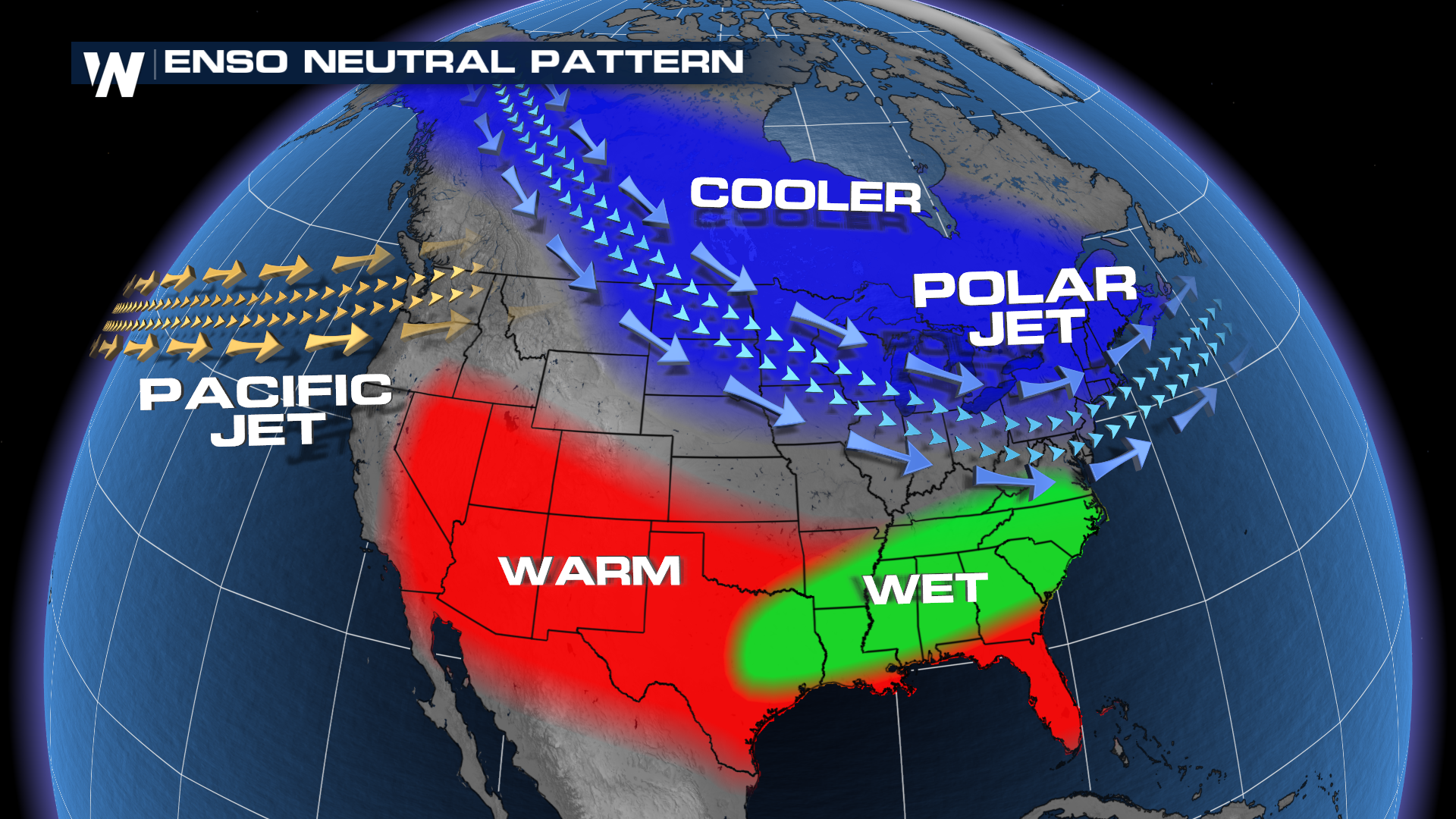NOAA Releases Outlook for Winter 25-26'
Ready for another La Niña winter? NOAA quietly released it's outlook for the upcoming winter season on Thursday, sans press conference since the government shutdown continues. The press conference has been rescheduled to November but the outlook is still ready for us to digest.
As a reminder, these outlooks are for the overall three month pattern and do not serve to predict seasonal snowfall totals or bursts of cold/warmth that are likely to impact areas highlighted with the seemingly opposite outlook.
The National Weather Service released the following video showcasing the newly released outlooks for temperature, precipitation, and drought from December through February.
Temperature
Above average temperatures are favored across the southern tier of the United States, while below average temperatures are favored across the Upper-Midwest and Northwest.
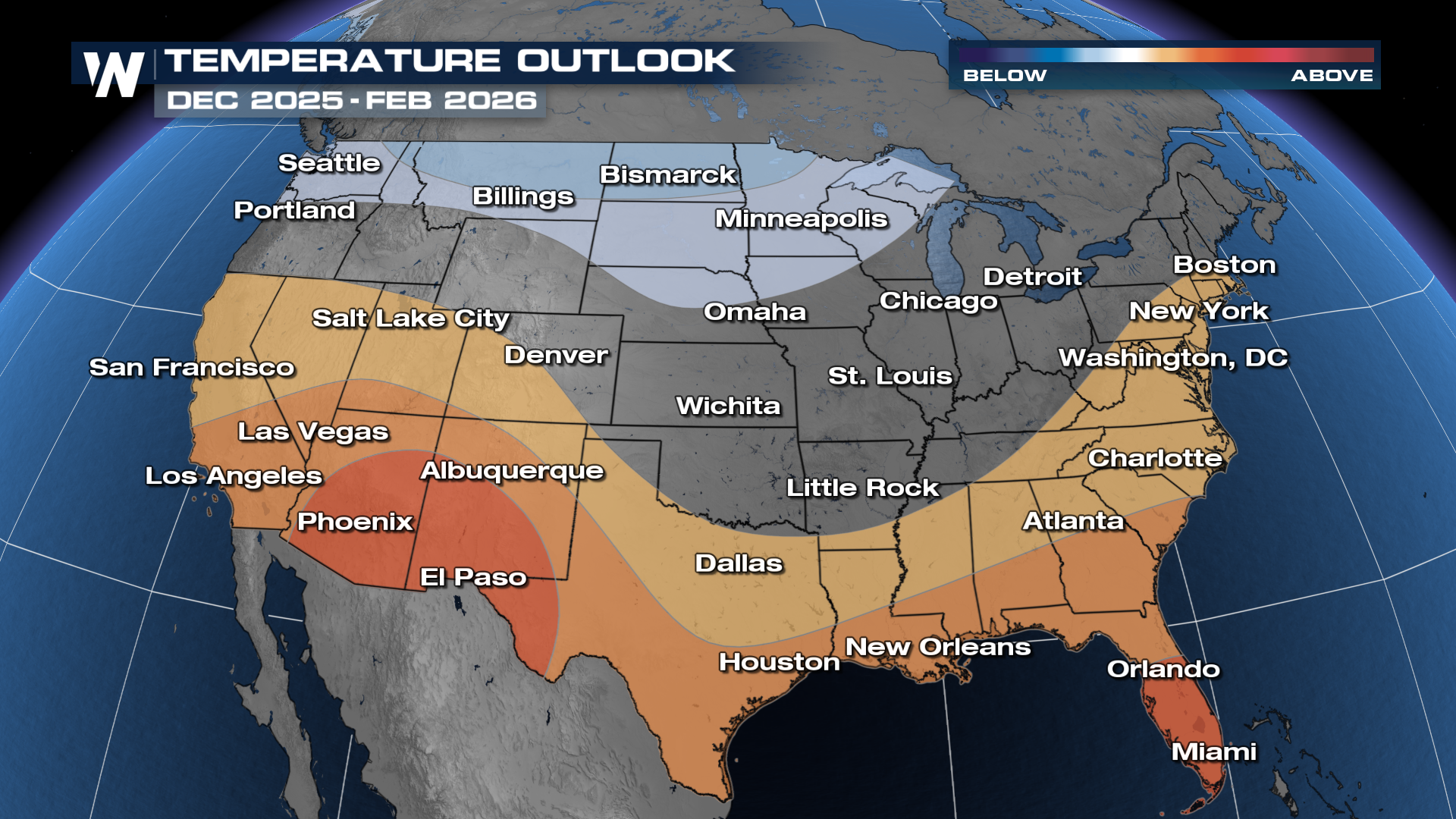
Precipitation
As the jetstream is likely to remain more active across the northern tier of the country, allowing for cooler air, it should also allow for more storms to track through these areas. As such, above average precipitation is favored from the Northwest through the Great Lakes, while drier than average conditions are expected from Southern California through Florida and the Carolinas.
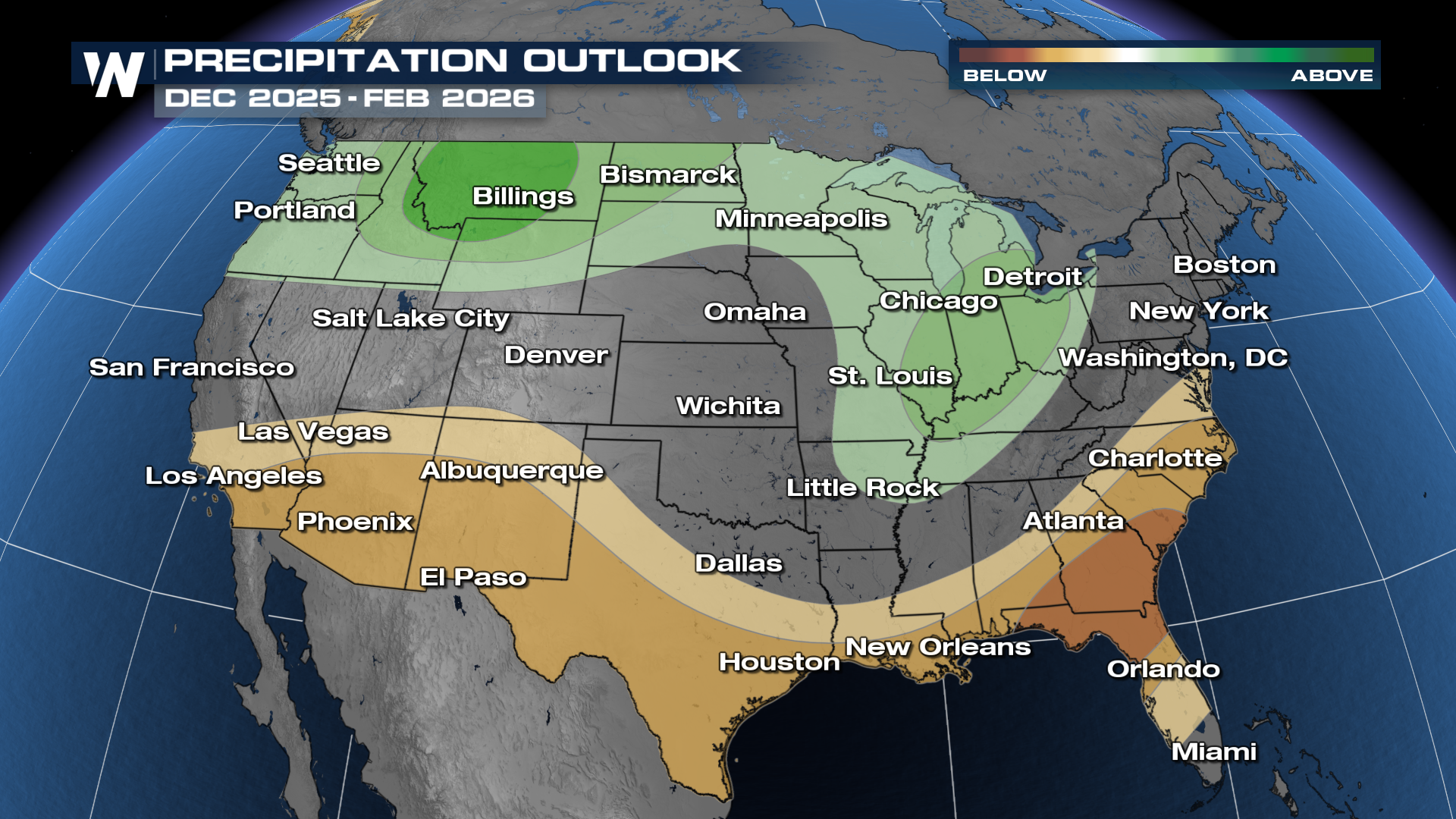
Influences
In case you missed it, a La Niña Advisory was issued last week as these conditions were observed in the equatorial Pacific west of South America. La Niña is expected to persist through winter, which is one of the primary reasons the winter outlook favors the areas it does. La Niña patterns vary greatly from year to year, depending on the strength of La Niña and the phase of the PDO (Pacific Decadal Oscillation).
The graphic below shows the typical pattern of the Pacific and Polar jets during a La Niña winter, which usher in cooler and wet air masses. 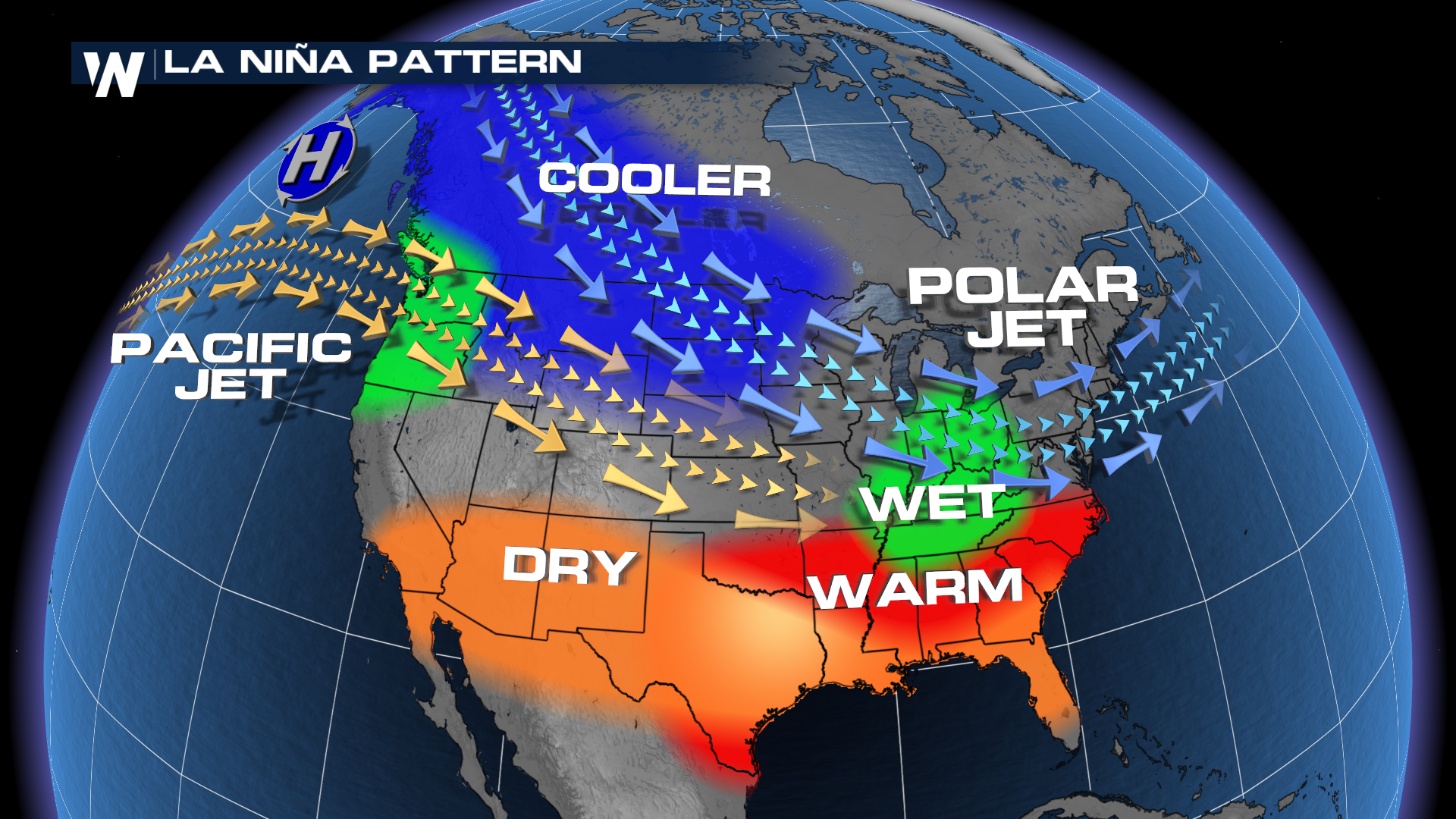
There is lower confidence that La Niña continues through the late winter and early spring (graphic below), which could throw a wrench in the seasonal forecast.
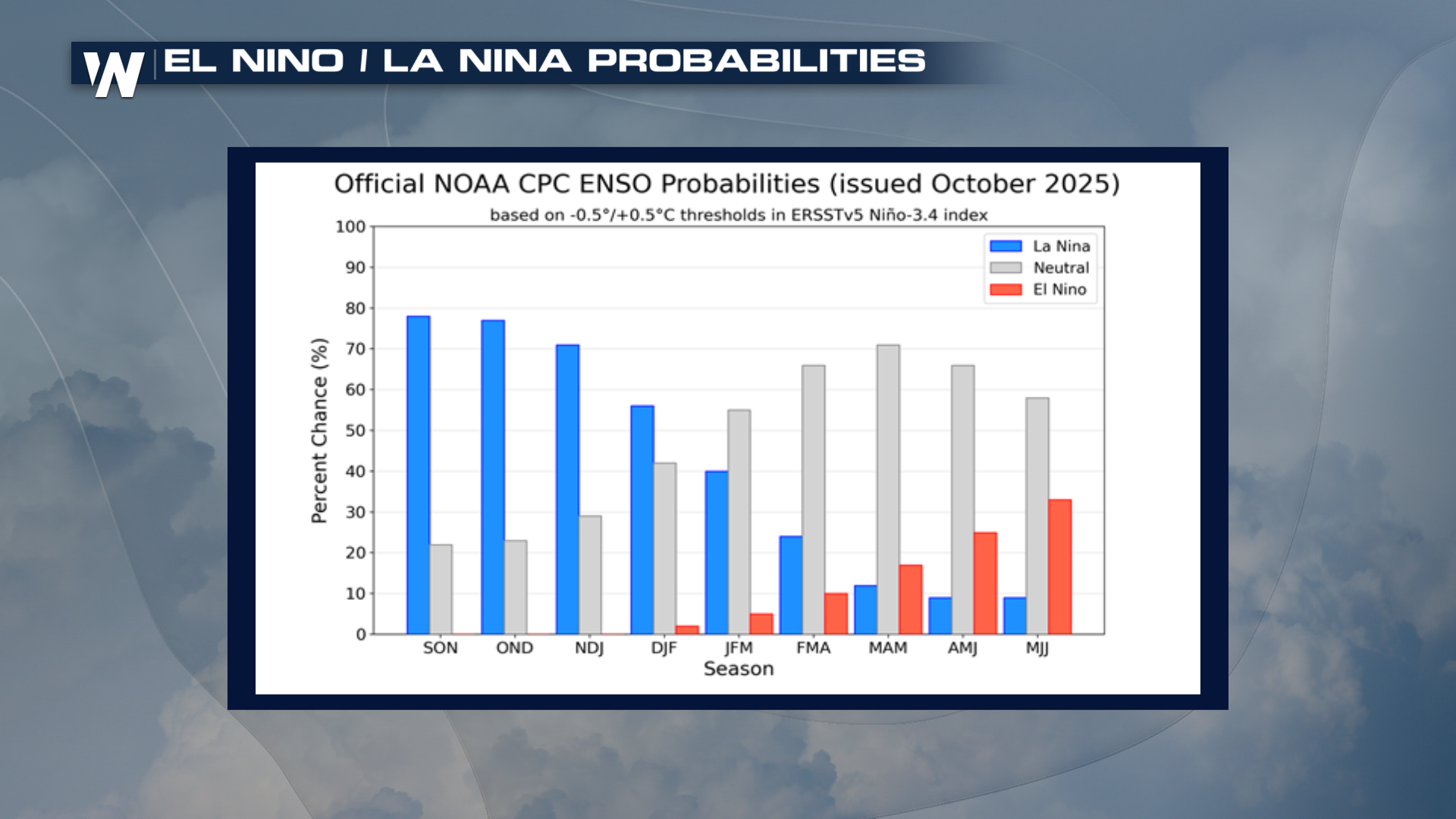
ENSO (El Niño & southern Osciallation) neutral conditions have a less obvious pattern influence, but wetter conditions can develop farther south than during La Niña. What's the takeaway? Be prepared for anything this winter! We'll always keep you up to date on air and online.
